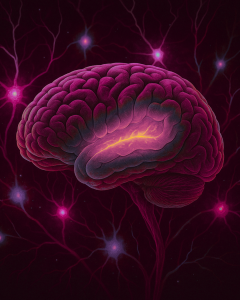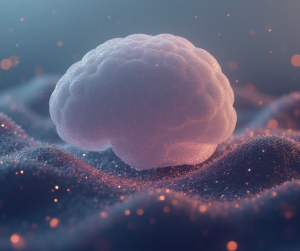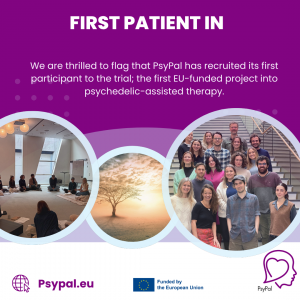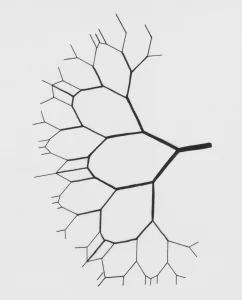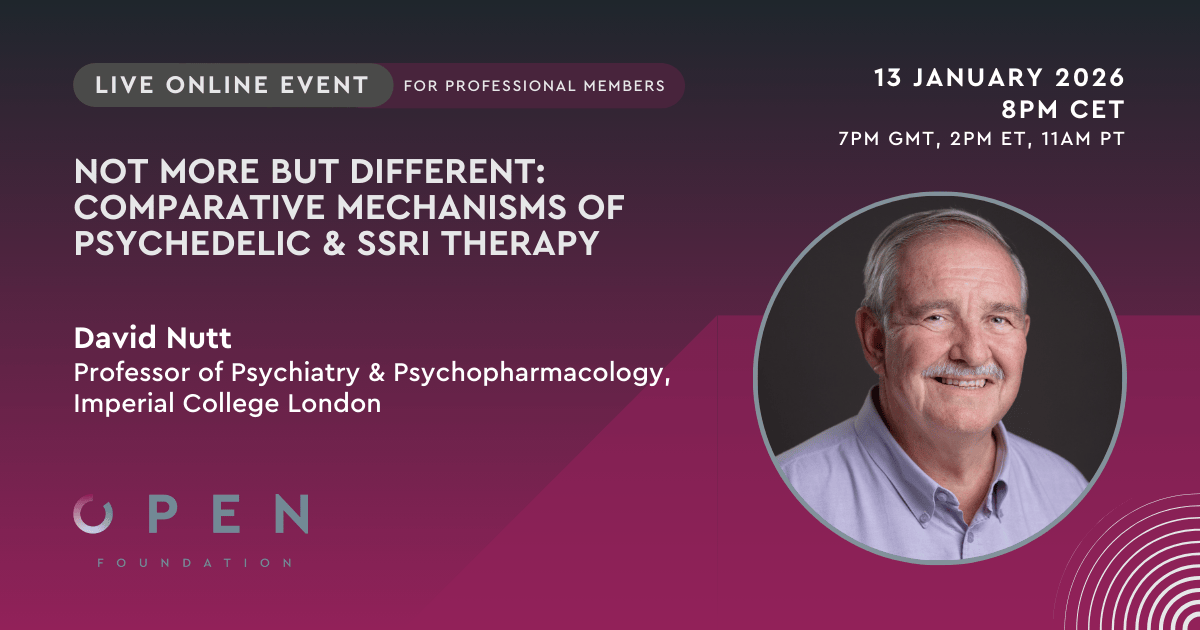Abstract
• Converging lines of evidence from pharmacologic, electrophysiologic, and behavioral
research in animals strongly suggest that activation of cortical 5-hydroxytryptamine-2A
receptors is the most critical step in initiating a cascade of biological events that accounts
for serotonergic hallucinogen (SH) psychoactive properties.
• Psilocybin produces hyperfrontality with divergent prefrontal–subcortical activation in such
a way as to increase cognitive and affective processing in the context of reduced gating
and reduced focus on external stimulus processing.
• In contrast to all other drugs of abuse, SHs are not considered to be capable of producing
sufficient reinforcing effects to cause dependence (addiction) syndromes.
• Given that SHs increase extracellular glutamate levels and activity in the prefrontal–
limbic circuitry, it is possible that a normalization in functional connectivity in this
network through a glutamate-dependent neuroplastic adaptation could produce an
anti-addictive effect.
Ross, S. (2012). Serotonergic hallucinogens and emerging targets for addiction pharmacotherapies. Psychiatric Clinics of North America, 35(2), 357-374. http://dx.doi.org/10.1016/j.psc.2012.04.002
Link to full text

